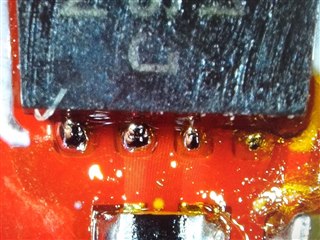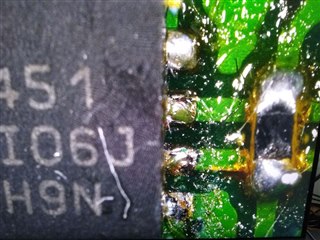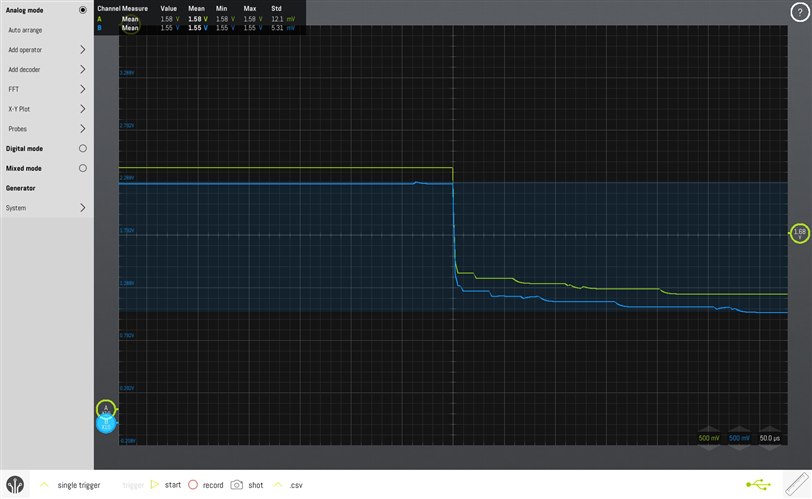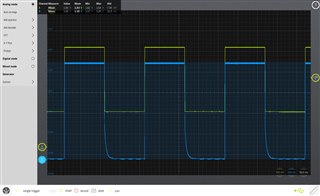Hi Team,
May I ask for your help? Please see below for customer's full transcript of inquiry:
"I am developing with THVD1450 and the A and B signals are not inverted when transmitting (I did not even try receiving yet). This does not work with either UART communication (MCU TX connected to D and MCU RX connected to R) or with simple GPIO manipulation (the MCU holds the DE pin HIGH while toggling the D pin).
The screenshot of the scope and the schematic are in the attachments.
The A and B signals are identical no matter what I do.
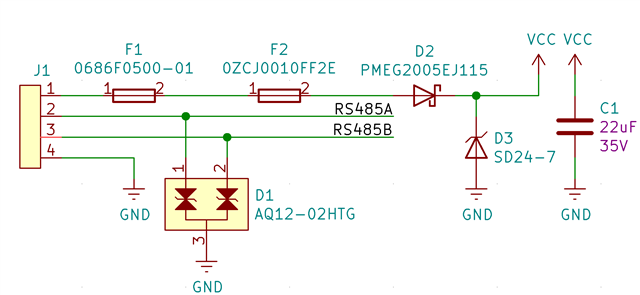
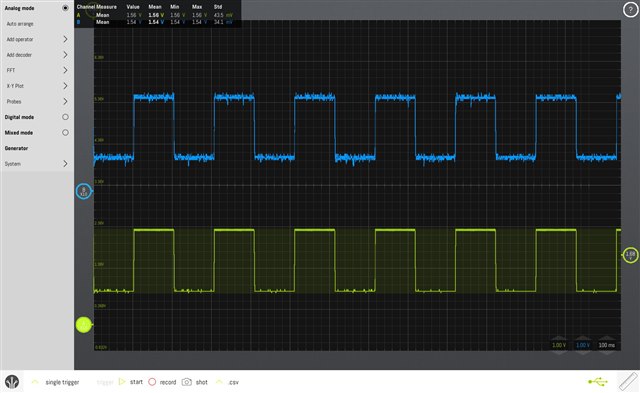 "
"
I hope you can help us. Thank you so much in advance.
Kind regards,
Gerald
Because of the Thanksgiving holiday in the U.S., TI E2E™ design support forum responses may be delayed from November 25 through December 2. Thank you for your patience.
-
Ask a related question
What is a related question?A related question is a question created from another question. When the related question is created, it will be automatically linked to the original question.


